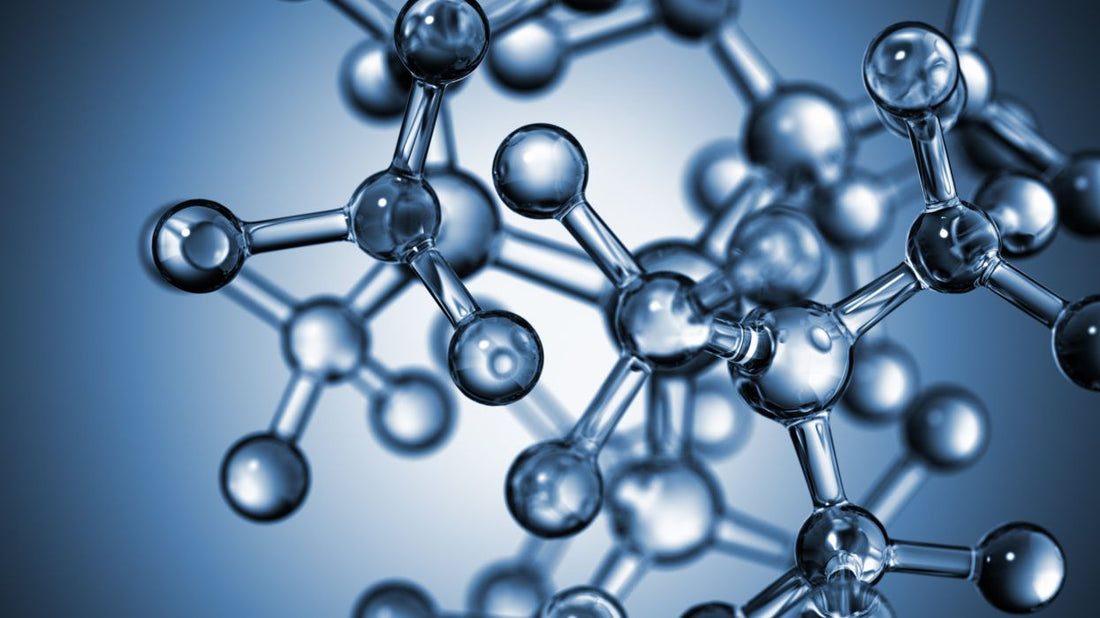What is TB 500?
TB 500 is a peptide identical in structure and function to Thymosin Beta-4. It promotes substantial strength, endurance, and performance benefits in addition to overall health and wellness in animals.
Produced by the thymus gland, it is a natural wound healing protein comprised of 43 amino acids. Also referred to as Tbeta4 and Tβ4, it has numerous cellular and physiological functions that facilitate rapid recovery and healing of damaged muscles, tendons, ligaments, and other bodily tissues.
As the major G-actin (globular actin) sequestering molecule in cells, TB4 stimulates angiogenesis (the formation of new blood vessels), cell migration, stem cell differentiation, and up-regulation of gene expression, along with promoting cell survival.
It exhibits profound protective effects on tissue in addition to its powerful repair and regenerative characteristics and has been shown to help prevent injury as well as speed up healing.
Results and Healing Effects
TB-500 promotes enhanced performance, recovery, and wellness by facilitating wound healing, increasing flexibility, aiding in muscle and strength gain, and reducing inflammation. Increased muscle growth, muscle tone, and muscular endurance have all been observed as it stimulates the regeneration of cells in muscles, tendons, vital organs, and other tissues.
This enhanced tissue repair in animals results in decreased recovery time from injuries as well as demanding training sessions. Thymosin Beta 4’s ability to reduce joint inflammation and improve and maintain flexibility further safeguards against the occurrence of debilitating injuries and lackluster recovery in your animal as well.
Trainers have also reported increased energy levels, stamina, and vigor in their animals, improving performances in training as well as in competition.
Because it travels throughout an animal's body and exerts profound systemic effects, it has been shown to promote healing in all wounded tissues regardless of proximity to the site of administration.
How TB 500 Stimulates Healing
When administered, TB 500 has been observed to concentrate in any injured areas, accelerating recovery by supplementing the body’s natural stores of TB4.
Indeed, endogenous TB4 is produced in higher concentrations near damaged tissue. When an injury occurs, it naturally facilitates healing of the wounded area.
Thymosin Beta-4 works through several mechanisms of action to promote healing and recovery of injured muscle, bone, and connective tissue. One of these mechanisms is through its regulation of actin.
Actin is a class of microfilament-forming proteins found in nearly all eukaryote cells and is an essential component of cell structure and movement. It is a vital component of thin filaments, which facilitate muscular contraction, and of the cytoskeleton.
While actin can exist as filamentous actin (F-actin) or globular actin (G-actin), Thymosin Beta 4 is a key regulator of G-actin. Additionally, TB4 also works to support the formation of new blood vessels (angiogenesis) near wounded tissue and promote stem cell migration and differentiation.
Side Effects
TB 500 has not been shown to cause side effects in any study conducted at this time.
Further, long term veterinary use for racing animals such as horses and greyhounds has also revealed no negative side effects as reported by trainers and veterinarians around the world.
Additionally, It is important to note that Thymosin Beta 4 does not have any effect or impact on the animal's natural production of sex hormones (i.e. testosterone or estrogen) or growth factors such as growth hormone and insulin-like growth factor 1. Critically, TB4 exerts its effects through entirely different mechanisms of action and has not been shown to interfere in any way with the body’s natural equilibrium.

